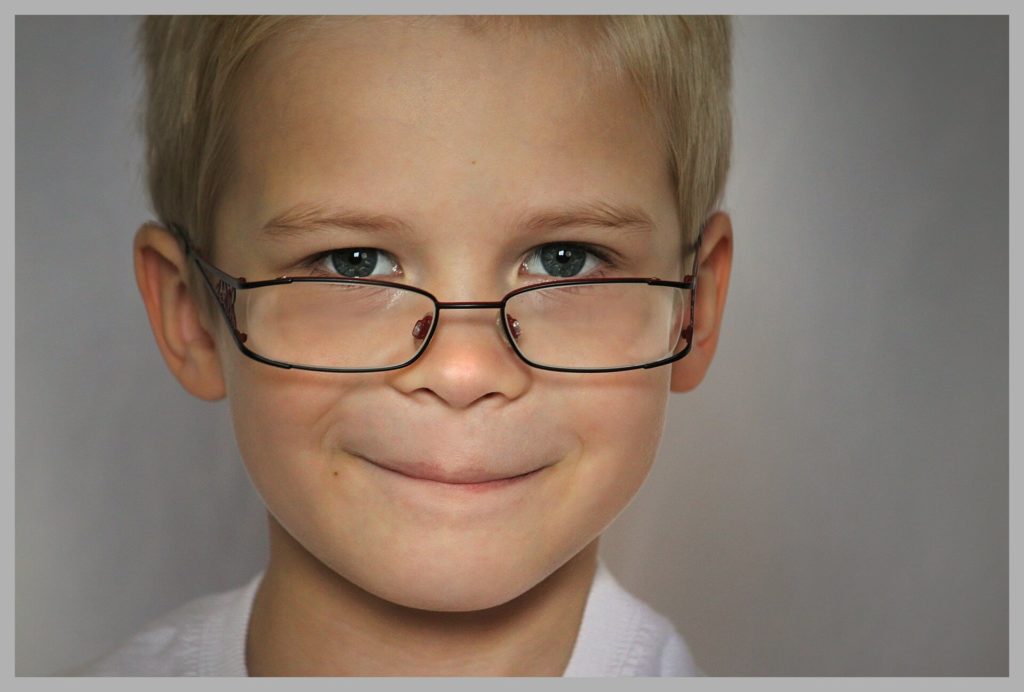It’s critical to monitor your child’s or children’s health conditions to ensure adequate growth and development – both physically and mentally. This means you need to apply methods to detect or improve your child’s health conditions with timely intervention.
But regardless of your attentive attitude, it is possible that they may be struggling with visual defects and conditions that you may be unaware of. Read on to learn about the common eye disorders and conditions in infants and children.
Common Eye Disorders in Children
Strabismus
It is a condition in children that refers to improper alignment of eyes. Strabismus commonly means that the eyes don’t team up to focus on the same object. Thereafter, there is a misalignment in one or both eyes. This misalignment can cause your child’s one or both eyes to focus up, down, left, or right.
Trauma to optic nerves may be the cause, but this condition can be genetic as well.
Amblyopia (Lazy Eye)
This condition implies that your child may have lost their vision sharpness at an early age or during infancy. While it is probable in both eyes, it mostly occurs in one eye. It is a critical condition because if you leave it untreated, it can cause severe visual impairment in the affected eye(s).
Eye Allergies
Eye allergies can cause serious eye defects. The causes include allergy to pet dander, mold, plants, and pollens. These can eventually lead to conjunctivitis and occur in infants as well.
Cataracts
This is an occurrence of cloudy pigments in the eyes. Cataracts rarely occur in children, but their effects are severe. They can cause partial vision loss or may even lead to total blindness. Treatments generally entail surgical removal of cataracts in the eyes.
Symptoms You Can Notice in Your Child
There are a few signs and symptoms that you should keep an eye out for. These might help you detect eye disorders in your child at an early stage. Early detection means that you can opt for medication or treatment as soon as possible. This leads to better results.
- Your child’s eye or eyes are constantly discharging water and appear teary
- Your child might be squinting too much or may feel uncomfortable under different intensities of light
- Your child sits too close to the television.
- Your child is holding books and other play toys closely during interaction
- Your child keeps their head tilted or turned
- Misalignment in one or both eyes might happen rarely but has the probability to become chronic and permanent
- White or snowy look in your child’s eyes
- Size variation in your child’s eye
Conclusion
Above were some of the most important eye disorders and noticeable symptoms that can help you identify any sort of eye disorder that your child may be experiencing. Furthermore, you implement various screening and detecting techniques.
These prominently include eye exams and optical routines that suggest the condition and development of children’s vision capabilities and allow deterring any eye disorders. However, early detection and treatment yield better and favorable results for your child’s visual abilities.




